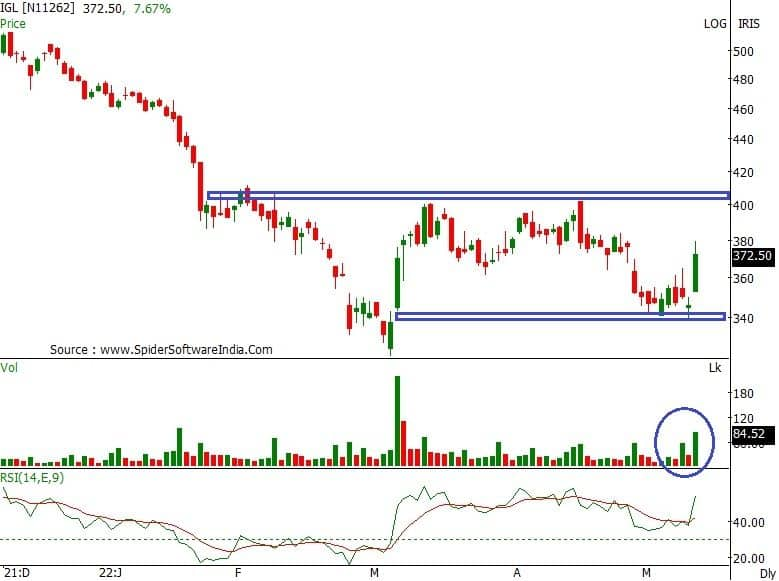
The Nifty has been in a range of around 500 points give or take around 100 points here or there. Since more than 2 months. We have been first moving in the 17,500-18,000 and then 17000-17500 range. Options being instruments affected by not only Price but also the time becomes a dangerous instrument to trade.
On the other hand, trading in futures also is not very fruitful considering the absence of trend. As a result, we end up avoiding the trades. These periods of consolidation are not new to us. They present themselves every few months. Two key questions arise in such times.
1. How do we turn this lack of movement into our favor?
2. How do I trade Options without having to worry about lack of momentum?
Answer #1:
We realize after some range bound times that market is not in a hurry to make a big move. Now in such situation most of the option buyers will lose money due to lack of continuing directional momentum. So, the easiest answer is, we sell.
We Sell Options. Easier said than done, Selling Options is a risky game. What if right after we identify consolidation a.k.a. range bound condition, the market starts moving. We the Option Sellers will be looking at the biggest of the losses.
Strategy #1: Iron Butterfly on Index (Protected Option Selling)
Sell Both Call & Put (Strike = Closest to Market Price, Expiry = Closest)
Buy Higher Strike Call & Lower Strike Put (Same Expiry)
Strike for buying both Call & Put is a choice that we can make based on various factors. Easiest choice is Highest Open Interest Call Strike and Highest Open Interest Put strike if you do not have any other analytics. But try to keep the difference between the Sell and Buy Call & Sell and Buy Put the Same.
Example:
Sell 17550 Call & Put at 119/- & 106/-
Buy 17800 Call & Buy 17300 Put at 32/- & 26/-
Remember:
Maximum Profit = Net Premium Received (After Selling and Buying Options) (119+106-32-26=167/-)
Maximum Loss = Difference between Buy & Sell Strikes- Max Profit (250 – 167 = 83)
This example shows the profitability of the strategy. Important here is to make sure that we are ok with this pay-off. If the loss is too big, we can come closer than 250 points and settle with a little less profit.
But this will make sure that if Nifty remains in 500 points range with midpoint being current level. We will make money.
Answer #2:
Answer 2 comes with 2 strategies. We know that the momentum is low but there are movements. In such times carrying bought options for many days is not profitable. 2 Strategies will Solve the problem
Strategy #2: Buy ATM Calls for the Day (for bullish view)
ATM Call means the Call option with strike closest to current market. It should be trading at a fairly lower value considering the momentum is dead in the market. So, we take this bargain. Maintain a Stop-Loss in the underlying and if that hits during the day we get out.
On the other hand, we maintain the target during the day if that gets hit, we get out. But neither gets hit during the day and time comes when we are in slight profit and we don’t want to lose the opportunity of right entry, move to Strategy #3
Strategy #3: ATM Bull Call Spread
This strategy involves buying ATM Call and Selling a higher strike Call. Since we already have bought the ATM Call, we will add Sell position in the Higher Strike Call. Strike could be close to the target. This will help in taking the position overnight. Some premium lost due to passage of time in Option bought will be compensated by the option sold.
Yes, the profitability will be compromised by restricting the maximum profit to the Sold strike. But again, we are in the range bound condition where we do not expect a big move.
In Strategy 2 & 3 if the view is bearish Call can be replaced with Put while ATM remains the same, Higher Call will be replaced with Lower Strike Put.
Thus, we have a list of 3 strategies that help you swing through range bound market profitably.
Disclaimer: The views and investment tips expressed by investment experts on Moneycontrol.com are their own and not those of the website or its management. Moneycontrol.com advises users to check with certified experts before taking any investment decisions.

